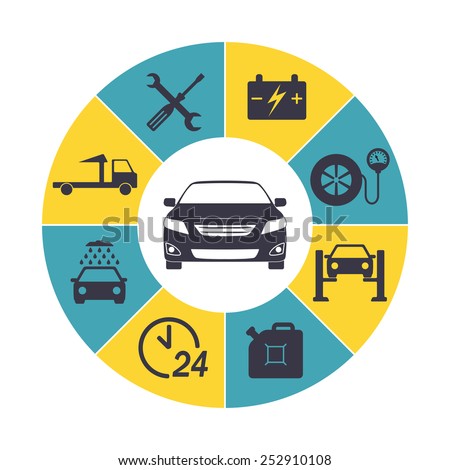Seeking Clearness On The Caution Lights Displayed On Your Car'S Dashboard? Find Out Just How They Relate To Your Lorry'S Health And Wellness
Seeking Clearness On The Caution Lights Displayed On Your Car'S Dashboard? Find Out Just How They Relate To Your Lorry'S Health And Wellness
Blog Article
Post Created By- https://ecu-tuning16161.like-blogs.com/29820584/open-the-ability-to-improve-your-car-s-look-in-under-an-hour-using-simple-ideas-that-will-certainly-amaze-you-your-quick-fix-for-automobile-detailing-goes-to-your-fingertips
When you're behind the wheel, those glowing caution lights on your dashboard can be a bit difficult. Do you recognize what they're trying to tell you concerning your car's health? Comprehending https://brakes-plus38383.liberty-blog.com/30053427/awesome-change-of-an-overlooked-car-exposes-the-unbelievable-power-of-expert-describing-techniques-the-outcomes-will-leave-you-without-words of these lights is crucial for your safety and security and the long life of your automobile. So, the following time one of those lights pops up, would not you want to analyze its message properly and take the necessary actions to resolve it?
Common Caution Lights and Interpretations
Identify typical caution lights in your vehicle and comprehend their definitions to guarantee safe driving.
The most typical caution lights consist of the check engine light, which indicates issues with the engine or exhausts system. If this light comes on, it's important to have your vehicle inspected promptly.
The oil stress cautioning light indicates low oil stress, needing immediate attention to stop engine damages.
A blinking battery light might suggest a damaged charging system, possibly leaving you stranded if not dealt with.
The tire stress surveillance system (TPMS) light informs you to low tire pressure, affecting vehicle stability and gas efficiency. Overlooking this can cause dangerous driving problems.
The abdominal light shows an issue with the anti-lock braking system, compromising your capacity to stop promptly in emergencies.
Last but not least, the coolant temperature level advising light warns of engine getting too hot, which can cause serious damage if not settled promptly.
Comprehending these common caution lights will certainly aid you deal with concerns promptly and maintain risk-free driving problems.
Significance of Prompt Attention
Comprehending the common caution lights in your auto is just the very first step; the relevance of without delay attending to these warnings can't be highlighted enough to ensure your security when driving.
When a caution light brightens on your dashboard, it's your vehicle's means of communicating a potential problem that requires focus. Disregarding these cautions can cause extra extreme problems in the future, endangering your safety and security and possibly costing you a lot more out of commission.
Trigger attention to warning lights can prevent failures and mishaps. For active detailing , a blinking check engine light can indicate a misfire that, if left neglected, can trigger damage to the catalytic converter. Addressing this quickly can save you from a costly repair.
Likewise, a brake system alerting light might signal low brake fluid or worn brake pads, crucial elements for your safety and security when driving.
Do It Yourself Troubleshooting Tips
If you observe a warning light on your dashboard, there are a couple of DIY fixing suggestions you can attempt before looking for specialist assistance.
The primary step is to consult your auto's guidebook to understand what the certain warning light shows. Sometimes the concern can be as straightforward as a loosened gas cap causing the check engine light. Tightening the gas cap may resolve the problem.
Another usual problem is a reduced battery, which can cause numerous warning lights. Examining the battery connections for corrosion and ensuring they're safe could repair the issue.
If a caution light lingers, you can try resetting it by disconnecting the car's battery for a few minutes and afterwards reconnecting it. In addition, examining your vehicle's liquid degrees, such as oil, coolant, and brake fluid, can assist troubleshoot warning lights connected to these systems.
Verdict
In conclusion, comprehending your vehicle's caution lights is essential for keeping your automobile running efficiently and securely. By immediately addressing these notifies and knowing what they imply, you can prevent pricey repair work and potential breakdowns.
Remember to consult your car's manual for particular details on each advising light and take action accordingly to ensure a trouble-free driving experience.
Stay educated, stay safe on the road!
